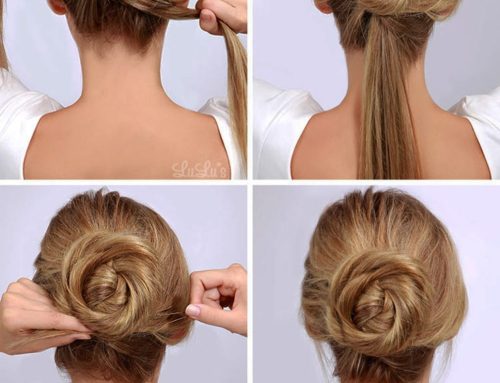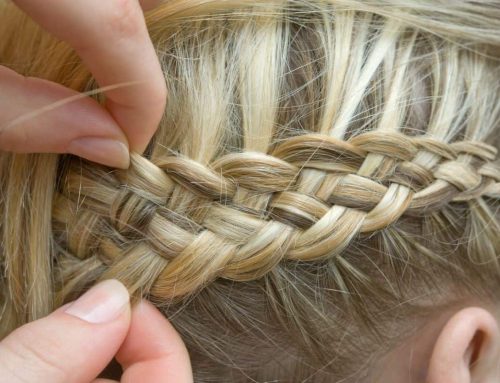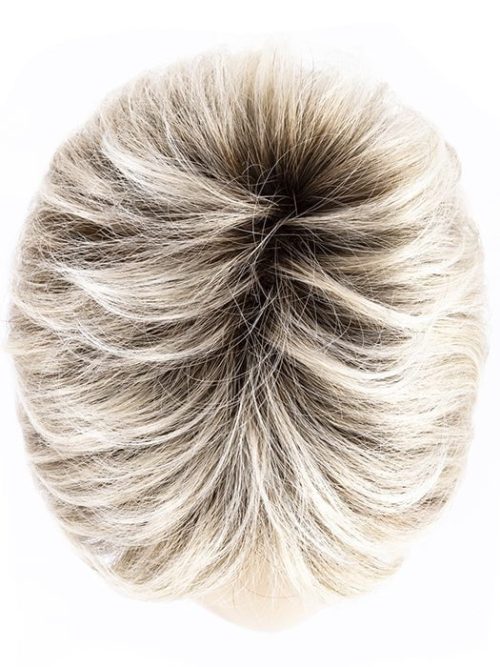
Why Do Orthodox Women Wear Wigs? A Peek Into a Meaningful Tradition
Hey There, Let’s Talk About Wigs!
Ever noticed some women in the Orthodox Jewish community wearing wigs and wondered what’s up with that? Well, it’s not just about style or fashion—it’s a deep-rooted tradition with lots of meaning behind it. Wearing wigs, or “sheitels” as they’re often called, is a way for married women in these communities to show their commitment to modesty according to their faith. Let’s dive into this fascinating tradition and see why it’s about so much more than just hair.

What’s the Deal with Hair Covering?
A Symbol of Beauty and Modesty In Orthodox Jewish culture, a woman’s hair is considered a symbol of beauty and intimacy. Once she gets married, covering her hair acts as a sign of modesty, which basically means keeping that beauty between her and her husband. It’s kind of like saving something special just for someone special.
Where Does This Idea Come From? This practice isn’t just made up out of nowhere—it has its roots deep in religious texts. For example, there’s a story in the Torah where a woman’s hair is uncovered in a specific ceremony to suggest that normally, her hair would be covered. This has been taken as a sign of modesty and is why many married Orthodox women cover their hair.

Choosing to Wear Wigs: Why Go That Route?
Keeping Up with the Times While Staying Traditional Wearing a wig lets Orthodox women stick to their traditions without giving up their involvement in the modern world. Whether they’re at work, hanging out with friends, or just out and about, wigs offer a way to comply with religious standards while still rocking different hairstyles.
Real Talk from Real Women Rachel, a teacher from Brooklyn, tells us, “Wearing a wig lets me stay true to my beliefs and still express myself. I can switch up my style depending on the occasion or how I feel that day, all while staying within the guidelines of my faith.”
All About Wigs: From Styles to Shopping
Choosing Between Synthetic and Human Hair Wigs can be made of synthetic materials or real human hair. Synthetic wigs are easier to take care of and usually cost less, but they aren’t as versatile when it comes to styling. Human hair wigs look and feel more natural and can be styled just like your own hair, but they can get pretty pricey.
Advice from a Wig Pro Miriam, a stylist who specializes in sheitels, shares some advice: “When picking out a wig, think of it as part of your wardrobe. You want one that not only looks good but feels comfortable too. A great wig is like a good investment—it makes you look and feel awesome.”

Facing Challenges and Setting the Record Straight
Clearing Up Misunderstandings Sometimes people outside the community might think wearing wigs is old-fashioned or restrictive. But many Orthodox women see it as a positive and empowering choice. It’s a way for them to control how they share their beauty with the world, which can be really powerful.
Family and Community Vibes Growing up in these communities, girls often look forward to the day they can wear their own wigs, just like their moms and grandmas. Leah, a graphic designer, says, “I always admired how beautiful and elegant my mom looked in her wigs. It was something I looked forward to as part of becoming an adult in my community.”
Wrapping It Up: Wigs and What They Mean
Wearing a wig is a rich tradition for many Orthodox Jewish women, blending ancient beliefs with modern life. It’s not just about following rules—it’s about belonging, identity, and self-expression. It’s a tradition that respects the past and embraces the present.
Curious to Try? Whether you’re thinking about trying a wig for style or cultural exploration, why not? Dive into the experience and see how it feels to walk in someone else’s shoes (or hair!). You might discover a new perspective on beauty and modesty. Plus, it’s always fun to change up your look!




